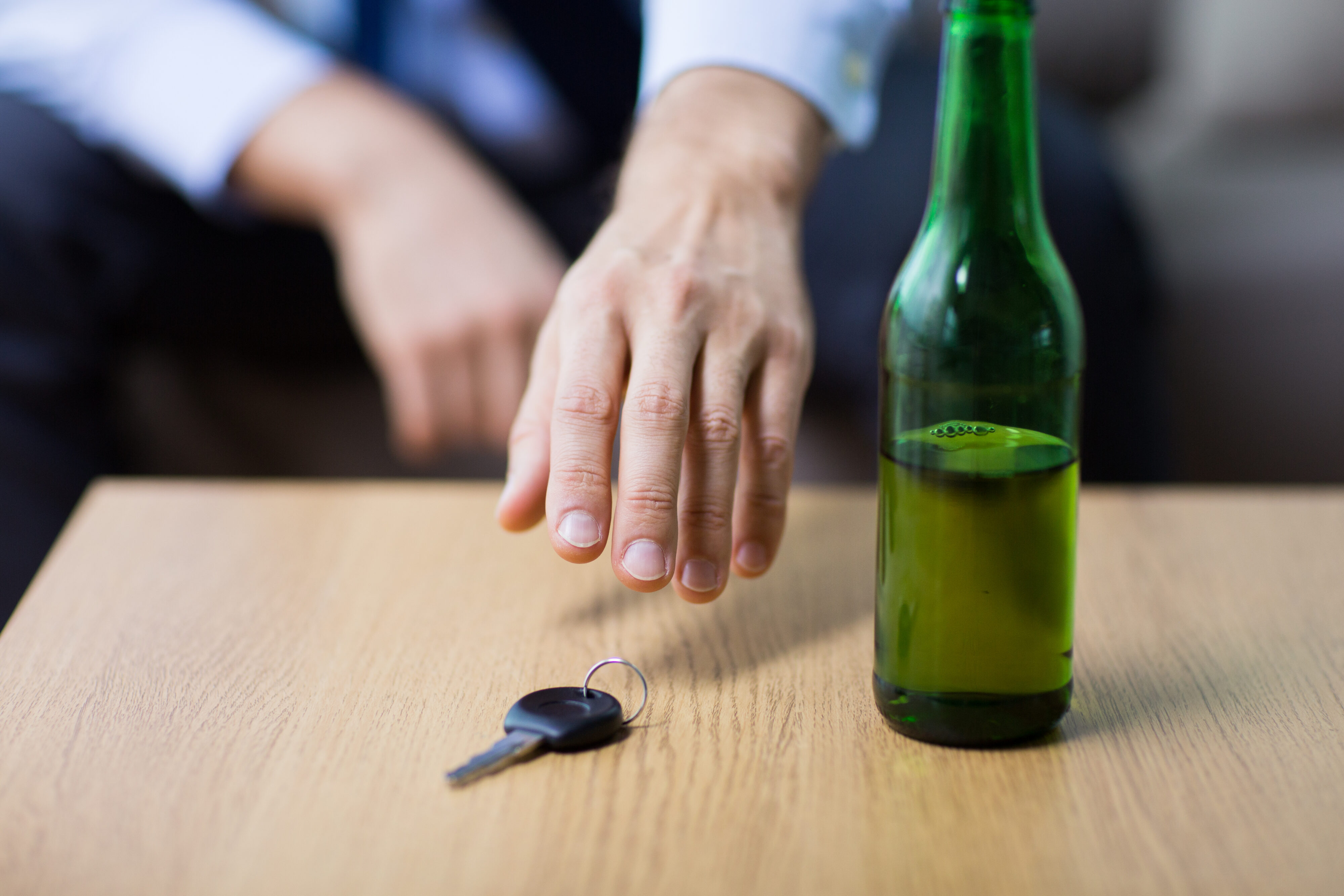Operator impairment is a factor in over half of the vehicle collisions in Kentucky, reinforcing the idea that most vehicle collisions are not accidents. People may accidentally leave a gate open, but they do not accidentally drive drunk.
Arguably, impaired drivers know they are not fit to drive. Yet they still choose to get behind the wheel, thereby intentionally disregarding the safety of other people on the road. If you’ve been injured by an impaired driver, a Paducah injury lawyer can help injured victims obtain compensation for economic losses, like medical bills, and noneconomic losses, such as pain and suffering.
Impairment No. 1: Alcohol
The number of alcohol-related crashes increased during the pandemic, as dangerous driving habits, such as driving while impaired or intoxicated, became more common. While impairment and intoxication are similar, they differ in key ways:
- Impairment: Judgement and motor skill impairment begins with the first sip of alcohol. A driver’s duty of care requires them to be at their best, mentally and physically, while behind the wheel. If a driver breaches that duty and causes injury, compensation may be available.
- Intoxication: If emergency responders cite a driver for DWI, a personal injury lawyer may invoke the negligence per se doctrine to help establish liability for violating safety laws. Drivers who violate safety laws and cause injury could be liable for damages as a matter of law.
Just like there’s a difference between impairment and intoxication, there’s also a difference between legal and financial responsibility, especially in matters concerning alcohol-related crashes.
Under Kentucky’s dram shop law (KRS 413.241), bars, restaurants, and other licensed alcohol vendors may be financially responsible for injuries caused by intoxicated persons if they “knew or should have known” that the person was already intoxicated when served. Physical symptoms of impairment or intoxication may include:
- Bloodshot eyes,
- Unsteady balance,
- Slurred speech,
- Slow reflexes, and
- Prior alcohol purchases.
The burden of proof in a civil claim is a preponderance of the evidence, or more likely than not. So, circumstantial evidence, such as physical symptoms of intoxication, may support your case.
Impairment No. 2: Fatigue
Drowsiness, like alcohol, impairs judgement and slows reaction time. Fatigue-related impairment has no quick fix. Shortcuts, like drinking coffee or chewing gum, may provide drivers with a brief sense of alertness, but don’t address the underlying effects of drowsiness. The only cure for fatigue is adequate sleep.
Staying awake too long can lead to fatigue. Driving after eighteen (18) consecutive hours without sleep is like driving with a blood alcohol concentration (BAC) level of .05. The time of day or night may also play a role as most people are naturally drowsy early in the morning and late at night, regardless of how long they’ve been awake.
Impairment No. 3: Drugs
The five types of driver impairment often overlap – especially in complex situations. For example, a negligent truck driver who is both fatigued and under the influence of drugs demonstrates how multiple impairments can combine.
Over two-thirds of truckers admit they use amphetamines to combat the effects of fatigue. Behind-the-wheel drug use makes an already dangerous situation worse.
Amphetamines can impair judgment and diminish motor skills, causing users to feel anxious or restless. Amphetamines can also amplify motor skills, causing users to over-react. Once the effects of these drugs wear off, users typically experience a sudden crash.
Among noncommercial drivers, drug use is a serious safety issue – especially when individuals get behind the wheel while under the influence. Marijuana is the most commonly involved substance in these cases, followed closely by prescription pain medications. Although both may be legal and medically appropriate in certain circumstances, driving while impaired by these substances is both illegal and dangerous.
Impairment No. 4: Distraction
Some people are unable to concentrate while driving due to medical conditions like extreme anxiety. However, in most cases, distraction stems from poor decisions made after the vehicle is already in motion. One of the most common examples is using a hand-held device. Cell phones and similar gadgets involve all three types of distraction:
- Cognitive (mind focused on something other than driving),
- Manual (hands off the wheel), and
- Visual (eyes off the road).
Hands-free devices are not risk-free. These gadgets can be cognitively and visually distracting.
Device-related distractions are just the tip of the iceberg. Non-device distractions, such as eating, drinking, or interacting with passengers while driving are even more common and equally dangerous.
Impairment No. 5: Medical Condition
The two kinds of driver medical impairments parallel the two kinds of alcohol-related driver impairment.
Driving with a medical condition can be just as dangerous as driving while intoxicated. Serious medical conditions, such as epilepsy and heart disease, may cause a sudden and unexpected loss of consciousness, resulting in an out-of-control crash.
Even moderate medical conditions, such as the flu, can impair driving abilities. Symptoms like runny noses, watery eyes, and other such physical discomfort can make it difficult for motorists to focus on driving.
Saladino & Schaaf is Here for You
When drivers choose to operate a vehicle while impaired, they often place their own needs ahead of the safety of others – including their own passengers. If that decision results in injury, those affected may have a right to seek the compensation they deserve.
Our experienced lawyers routinely handle matters in McCracken County, Calloway County, Graves County, Marshall County, Ballard County, and nearby jurisdictions. When you need a Paducah injury lawyer, call us at our Paducah (270) 444-0406 or Murray offices (270) 753-1529 or contact us online now. We would be happy to discuss your case during a free consultation.


